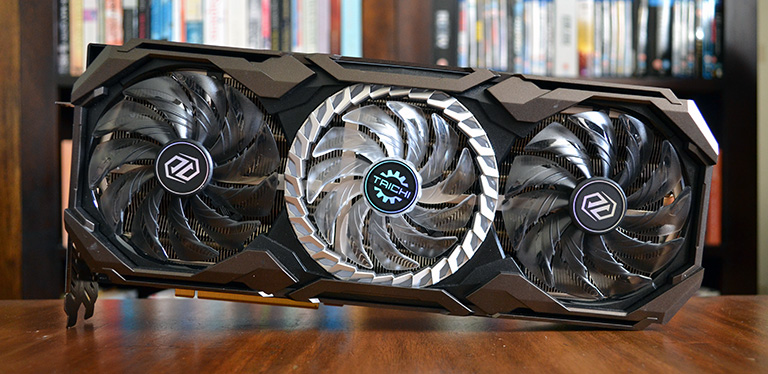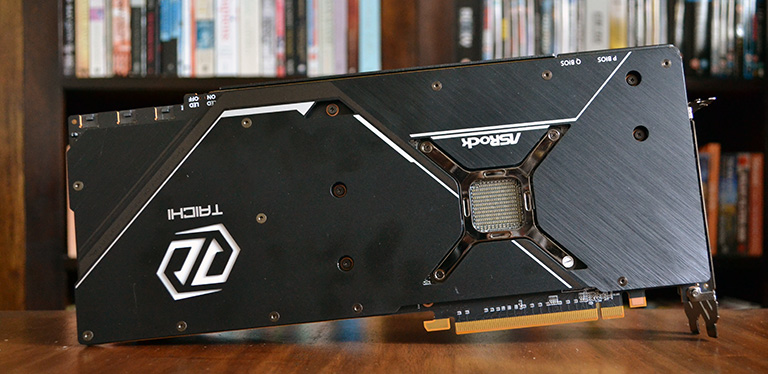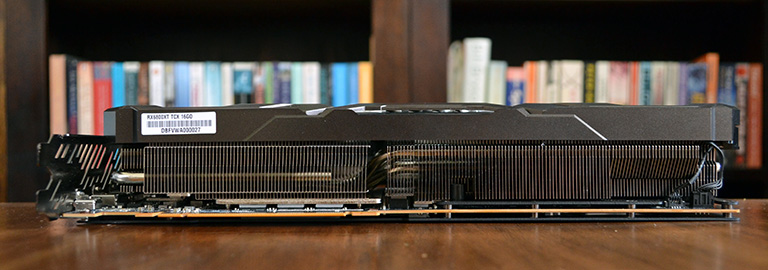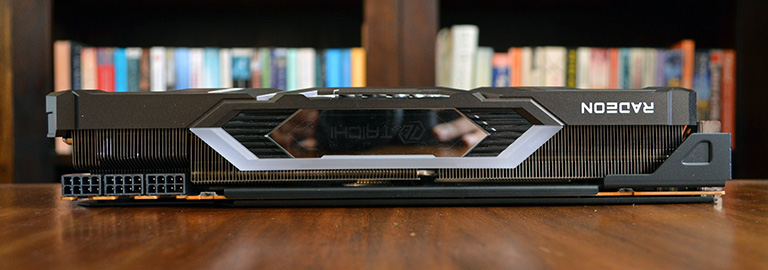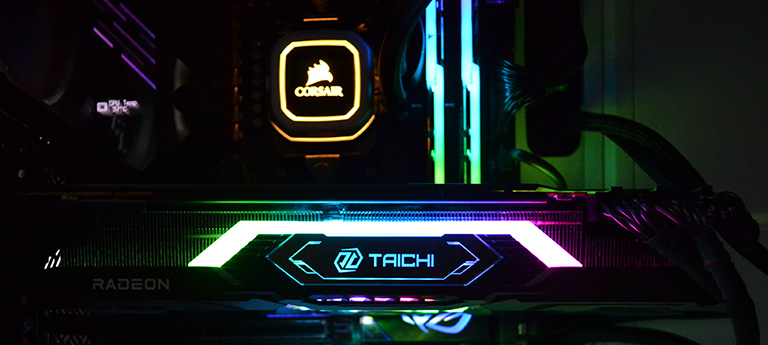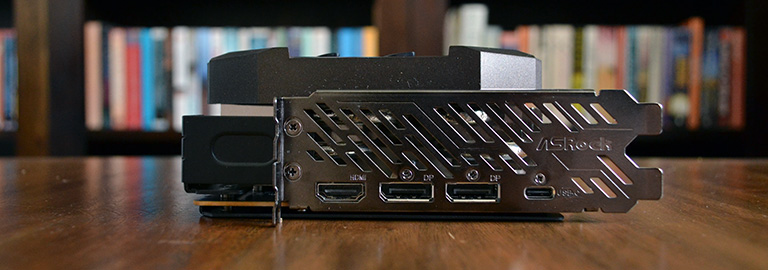Introduction
Hands up who is completely bemused and fed up by the chronic component shortages, insane demand, and consequent price premiums affecting the PC industry. Hands down now. Fuelled by crypto miners, most PC graphics cards epitomise this precarious position to the nth degree.
At some point this insanity will pass. When it does, AMD hopes the gaming enthusiast opts for high-end Radeons rather than GeForces. Helping in this regard is the recruitment of more add-in board partners. Better known for its motherboard division, ASRock actually retails 16 AMD GPUs, all the way from the Radeon RX 550 to the mighty Radeon RX 6900 XT.
As this is the first ASRock graphics card review, we have chosen the Radeon RX 6800 XT Taichi X 16G OC. Quite a mouthful, but then the card is no shrinking violet.
Part of a three-strong line-up which includes the Phantom Gaming D and reference-like offering, the Taichi is the boss. The hulking presence is exemplified by the relative size of the PCIe connector, which looks positively tiny.
Want some measurements? How about 330mm long, 140mm tall and 56mm thick, making it a three-slot card for all intents and purposes. Tipping our scales at 1,763g, ASRock hopes size equates to top-notch performance, cooling, and low noise.
The three fans - 90mm outers, 80mm centre - sit on top of a fully card-wide heatsink perfused with eight heatpipes that converge through multiple heatsinks. It's a complicated affair that uses a massive central nickel-plated copper plate to cool the underlying RX 6800 XT GPU.
ASRock braces the card with a metal backplate and a partial plate on the other upper side, below the heatsink. For a brutish card of such proportions the Taichi X is surprisingly free of sagging; simply screw into the expansion brackets and away you go. Kudos to the rigidity achieved here.
The base aesthetic concept has been taken from the RX 5700 XT bearing a similar name, but this card is slightly larger and actually more restrained in design. The rear plate, for example, is free of the garish multiple cog design. Subjectively, however, we'd prefer not to see the backside of the GPU through the holding brace.
Like its brethren, this card features a hardware switch to turn off the RGB lighting on the side and across the insignia on the rear. This is a neat idea which stops needless faffing with utilities and we wish more companies would use it. What's more, this switching works on any ARGB-connected LEDs, too, and can be done while the card is operational.
There's also a switch for toggling between the Performance (default) and Quiet BIOS positions. This monster ships with a Boost Clock of up to 2,360MHz across its 4,608 shaders. Sounds impressive until you realise the reference card has a boost clock of 2,250MHz which it hits more often than not. Memory is kept at a default 16Gbps. In other words, this card will only be marginally faster than the smaller reference. You're considering this for looks, lighting and, potentially, lower noise.
As a solution with a custom PCB, ASRock doesn't skimp on quality. A 13-phase Infineon supply caters for the GPU and another three for the memory.
Overkill is the name of the game, frankly. ASRock provides three 8-pin connectors that offer 450W before we event factor in the PCIe 4.0 conduit.
Like other premium solutions, as we alluded to above, this one has specific pin headers for synchronising lighting across the entire system without having to manually set it in the Polychrome app.
Viewed in its regular orientation inside our test chassis, the thick lightbar and Taichi lighting looks pretty neat. The lighting deliberately spills over to the central fan; the outer duo remain unlit. All three switch off at low loads and the transition between off and on is smooth and predictable.
ASRock stipulates a minimum 800W PSU for this model. Our testing shows the card pulls around 330W under gaming-only load, meaning you could get away with a little less.
Some partners shy away from putting USB Type-C on their Radeon cards, ostensibly in the name of cost. It's good to see ASRock employ the same 10Gbps and 27W solution as the MBA board.
Backed by a two-year warranty, we've refrained from mentioning pricing as it is largely irrelevant now. If you do find it available, expect to pay the wrong side of £1,000. We have no clear indication of when it will fall back to the usual £700-£800 levels.



